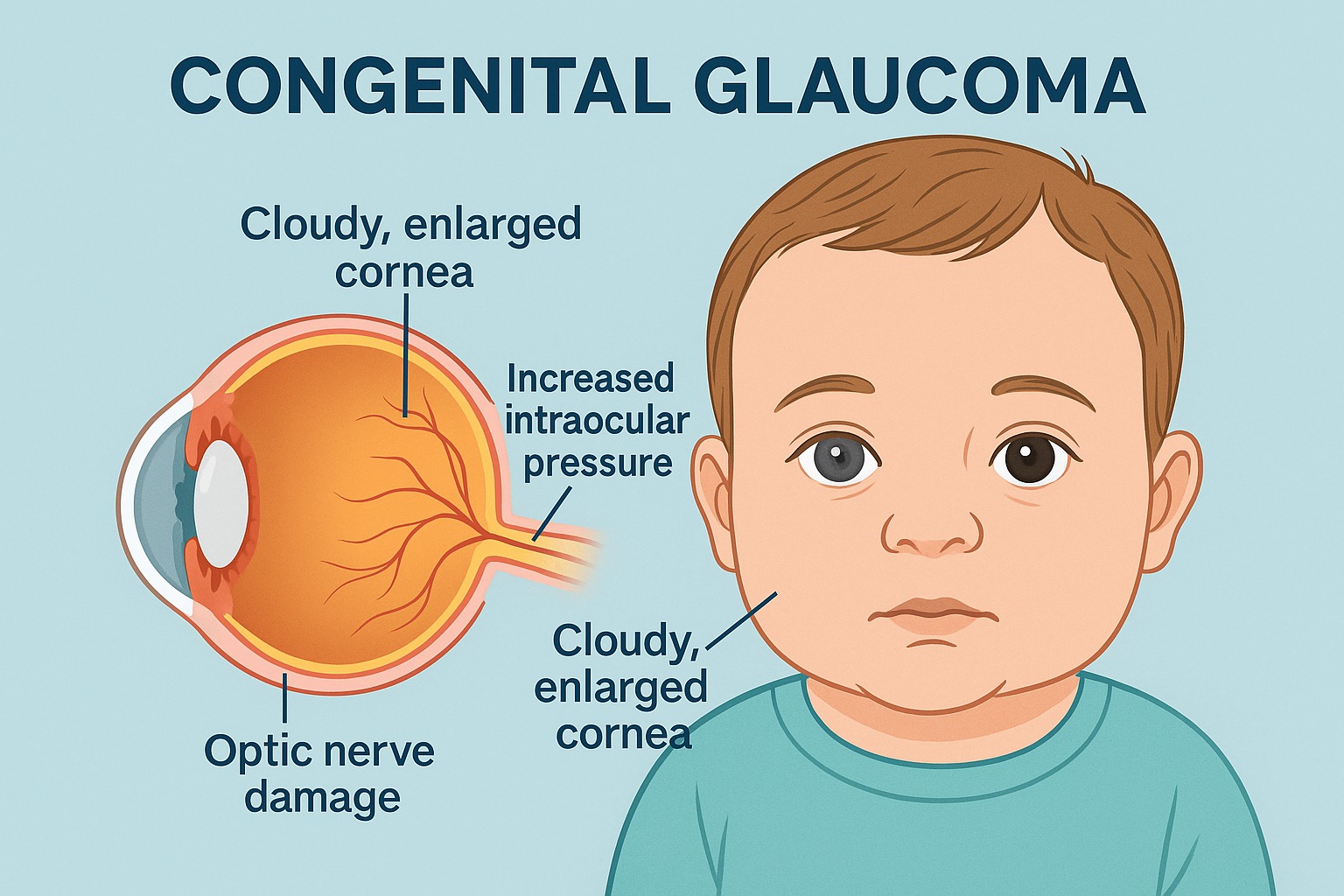What Is Congenital Glaucoma? Causes, Symptoms & Treatment Explained
Glaucoma is often regarded as a silent thief of sight, typically associated with aging. Very rarely, it can affect toddlers and infants, a condition which...

Glaucoma is often regarded as a silent thief of sight, typically associated with aging. Very rarely, it can affect toddlers and infants, a condition which...

Glaucoma is a disease in which there is progressive irreversible damage to the optic nerve, often as a result of high pressure in the eye....
Recent Comments